We use cookies to optimize our website and our service.
The technical storage or access is strictly necessary for the legitimate purpose of enabling the use of a specific service explicitly requested by the subscriber or user, or for the sole purpose of carrying out the transmission of a communication over an electronic communications network.
The technical storage or access is necessary for the legitimate purpose of storing preferences that are not requested by the subscriber or user.
The technical storage or access that is used exclusively for statistical purposes.
The technical storage or access that is used exclusively for anonymous statistical purposes. Without a subpoena, voluntary compliance on the part of your Internet Service Provider, or additional records from a third party, information stored or retrieved for this purpose alone cannot usually be used to identify you.
The technical storage or access is required to create user profiles to send advertising, or to track the user on a website or across several websites for similar marketing purposes.
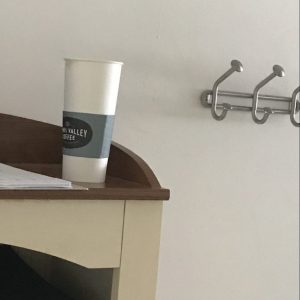 ‘Are you done? Seriously? Seriously? Compared to my vein stripping 20 years ago…wow..why did I wait so long?’ This is what was heard in our procedure room on Monday. On Tuesday our patient came back for her second procedure and she was so casual about it she brought her coffee with her. 😄
‘Are you done? Seriously? Seriously? Compared to my vein stripping 20 years ago…wow..why did I wait so long?’ This is what was heard in our procedure room on Monday. On Tuesday our patient came back for her second procedure and she was so casual about it she brought her coffee with her. 😄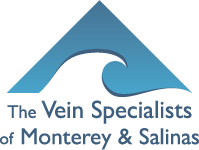
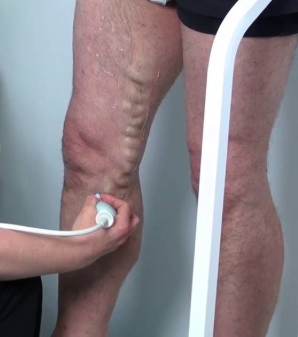
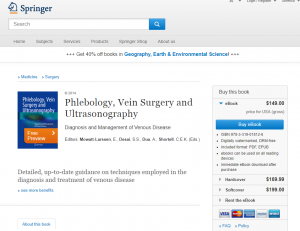
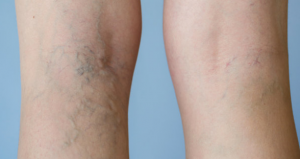 What causes varicose veins?
What causes varicose veins?
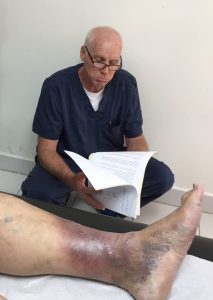 pursue treatment?
pursue treatment?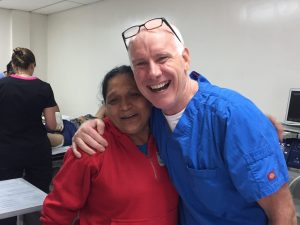 th to get to us, to our community here in Monterey which has so many interested and compassionate people.
th to get to us, to our community here in Monterey which has so many interested and compassionate people.